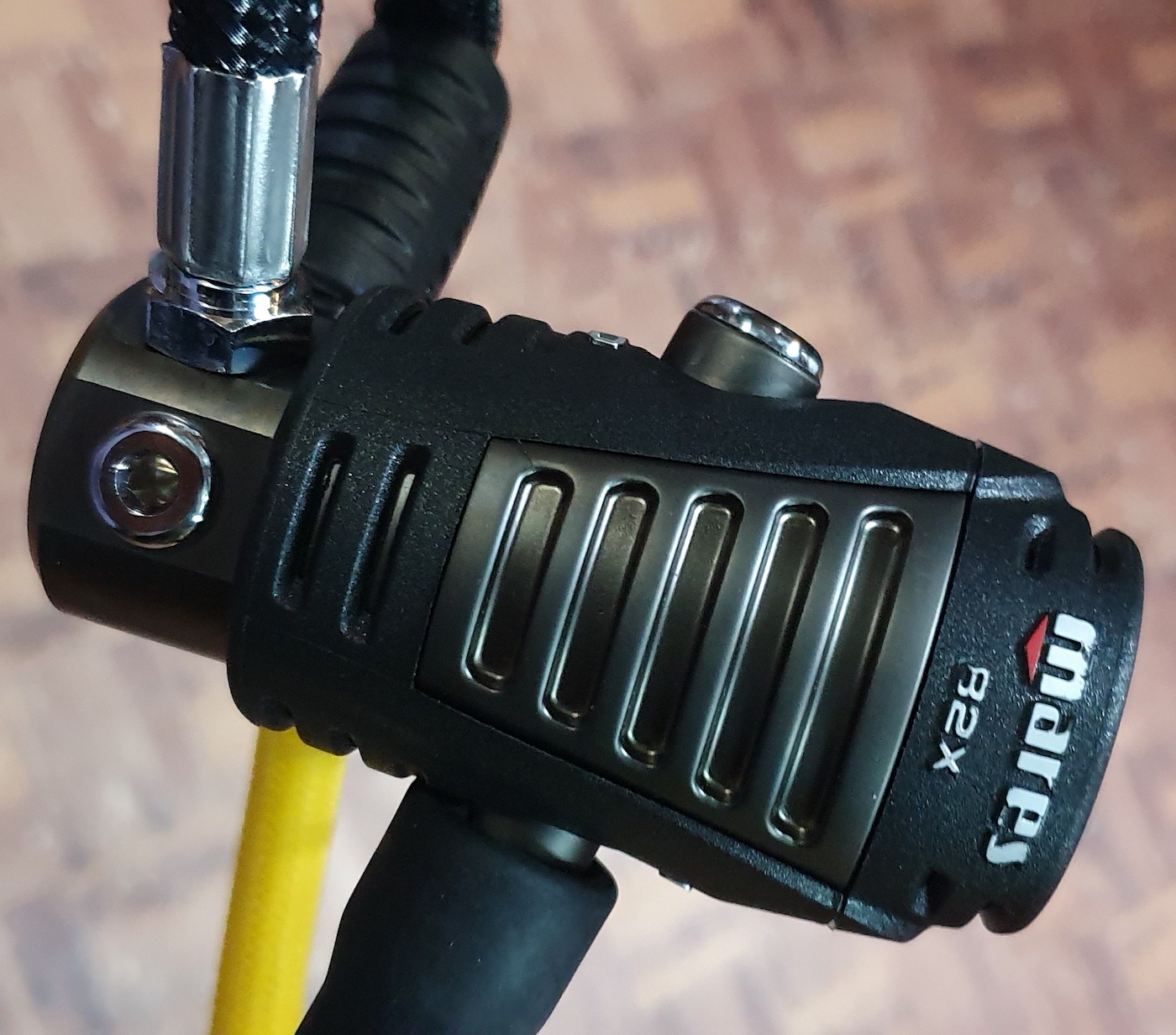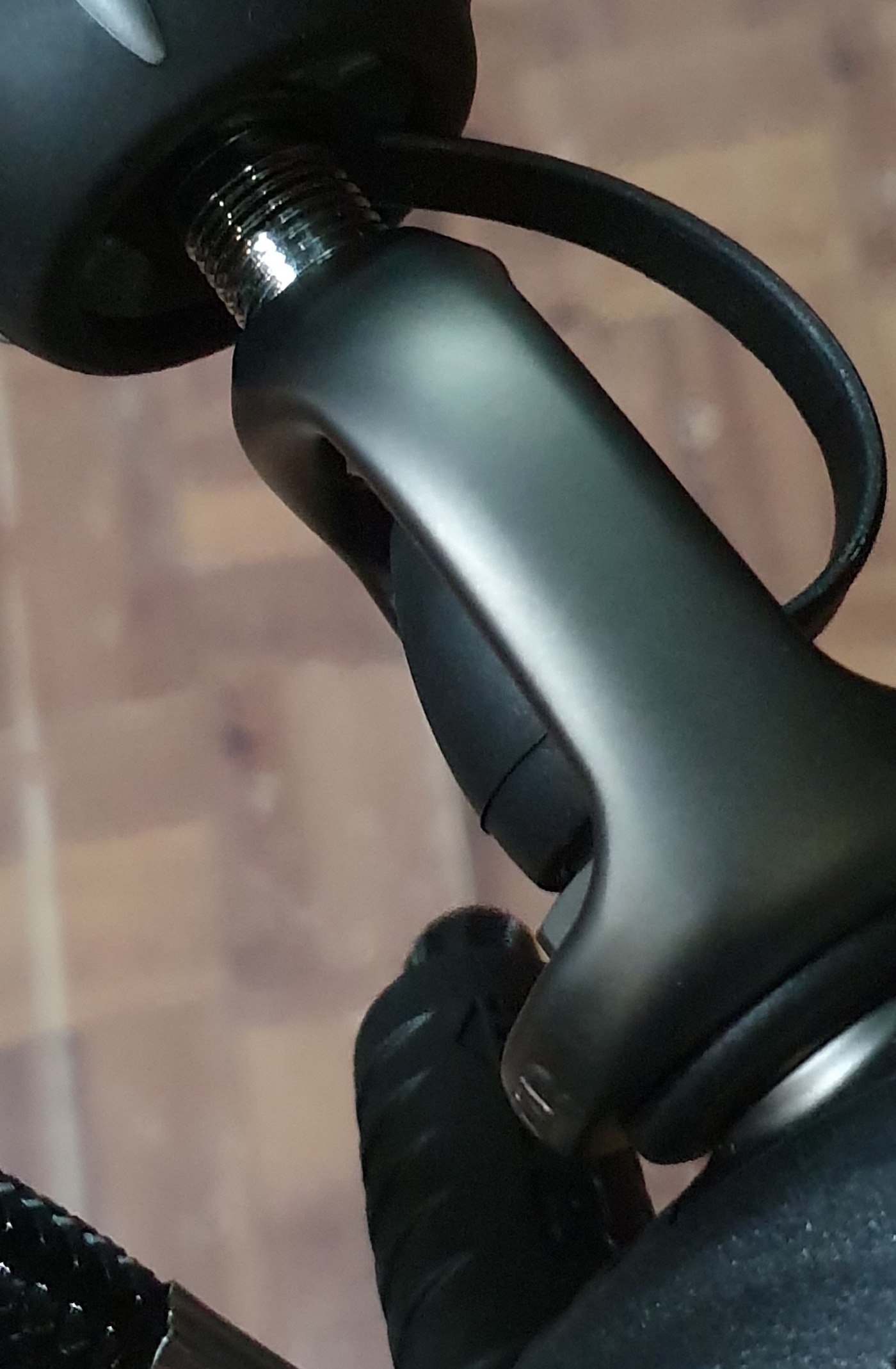The only issue was the weight of the second stage, which made a little awkward to hold in the mouth. The VAD system didn’t help with the weight or the balance of the regulator in the mouth. However, to put it in perspective, this wasnt extremely awkward or uncomfortable – merely noticeable. It is something that you definitely notice if you were, oh, i don’t know, swapping back and forth between regulators at depth – but if you were always diving with the same regulator, I think you could probably get used to it as well.
In terms of comparisons: the easiest regulator to breathe was, surprisingly, the Aqualung Mikron. This small, plastic, lightweight wonder provided air like an excited Labrador provides drool – in vast, vast quantities and at the slightest provocation. It has provided more than pretty much every other regulator we have tried – from the entry-level Aqualung Calypsos to the mighty Apex XTX200. But it is also a little more prone to flee flowing, so there is a trade-off there (do note – it can be tuned to be a little less enthusiastic – a service we provide at no charge if you buy it from us). The Epic 82X was the next best, with a near-perfect balance between breathing resistance and risk of free flow. The ATX, the cheapest regulator on test by far, was, by comparison, slightly harder to breathe (but comfortable nonetheless) and did not free flow at all. The Abyss was the hardest breathing of all 4 and by a significant margin.
So what does this mean? Should you run and buy the model with the lowest breathing resistance and maximum flow? In principle, yes, you want the regulator with the lowest breathing resistance and maximum flow. If you are swimming in a current or working a bit harder, this gives you the comfort of knowing that you are not going to “overbreathe” your regulator. However, there is a cost associated with this – tendency to free flow. Keep in mind that the differences above end up being more noticeable when you do a direct comparison: in normal use, you may not notice. The Abyss in the test above is one of my two personal regulators, and I have never noticed or felt that it was hard to breathe. Only when I did an A/B comparison with my XTX200 did I notice the difference. And I actually prefer a very slight amount of breathing resistance over a fire-hose. So personal preferences and breathing patterns, as discussed earlier, also play a role.
Of course, Mares being Mares, they are simply unable to release a product without adding atleast one completely unnecessary and useless quirk – but atleast they have gotten to the point where these quirks usually no longer affect the functionality of the product, but just make you scratch your head and go “err.. what?”. I call it the “Nipples on a Bull” feature. For example, on the otherwise fantastic Mares SLS Pure, a BCD that I reviewed in some detail and loved enough to purchase, they added a ridiculously over-engineered locking mechanism for the weights that serves no practical purpose other than to be different and just adds one extra and un-needed step to locking in the weight pocket. On the Epic 82X, this Nipple-on-a-Bull feature manifests itself in the purge valve. Now, on most regulators, the external purge is something that you can press anywhere on the surface and it depresses straight in. On the 82X, the purge valve doesn’t go straight in but pivots. Mares is very proud of it, too – this is boldly listed as one of the features of the regulator, along with PVD, VAD, PAD, GFY and the rest of the alphabet soup. Luckily, as i said above, this quirk doesn’t actually affect the functionality and by now, is becoming a somewhat endearing trait of the brand that I look forward to on my reviews.










